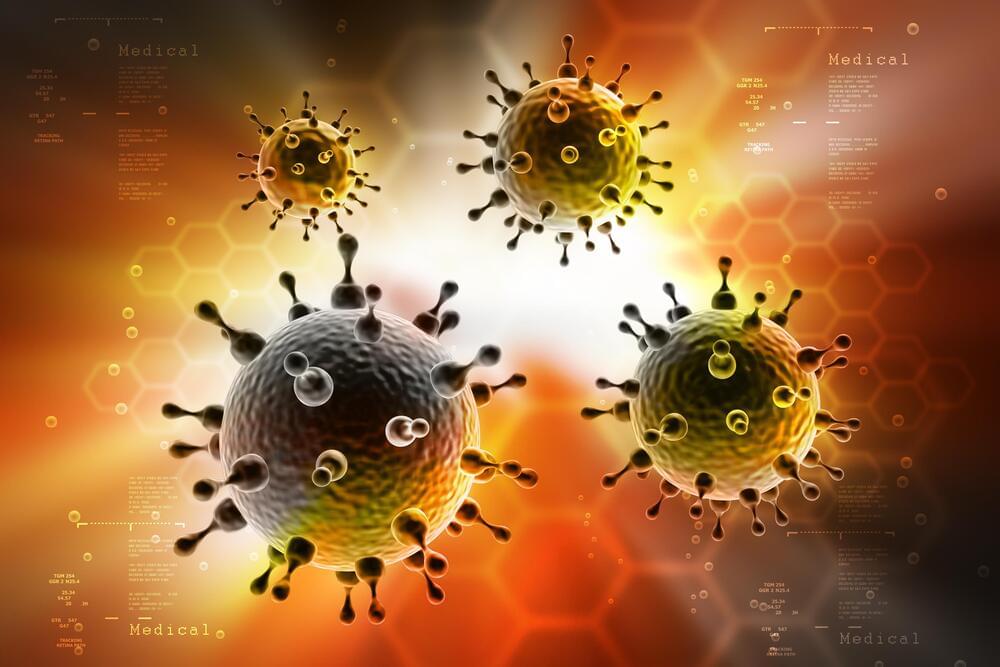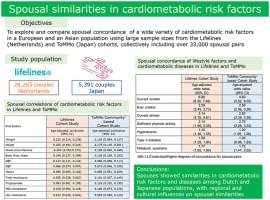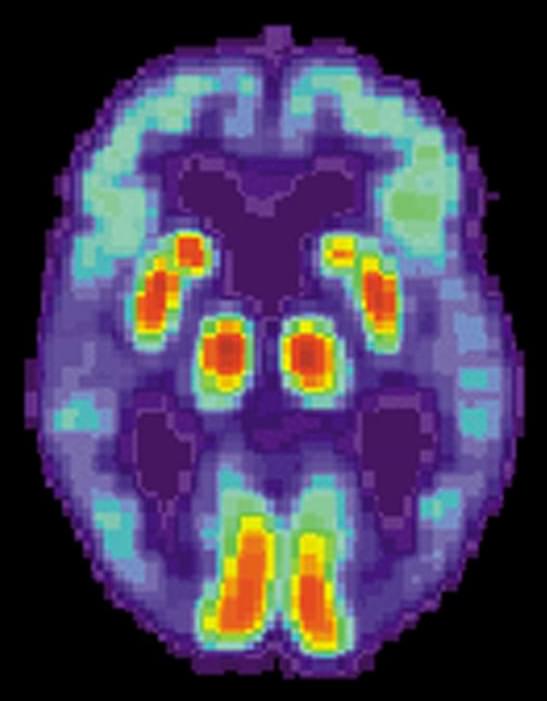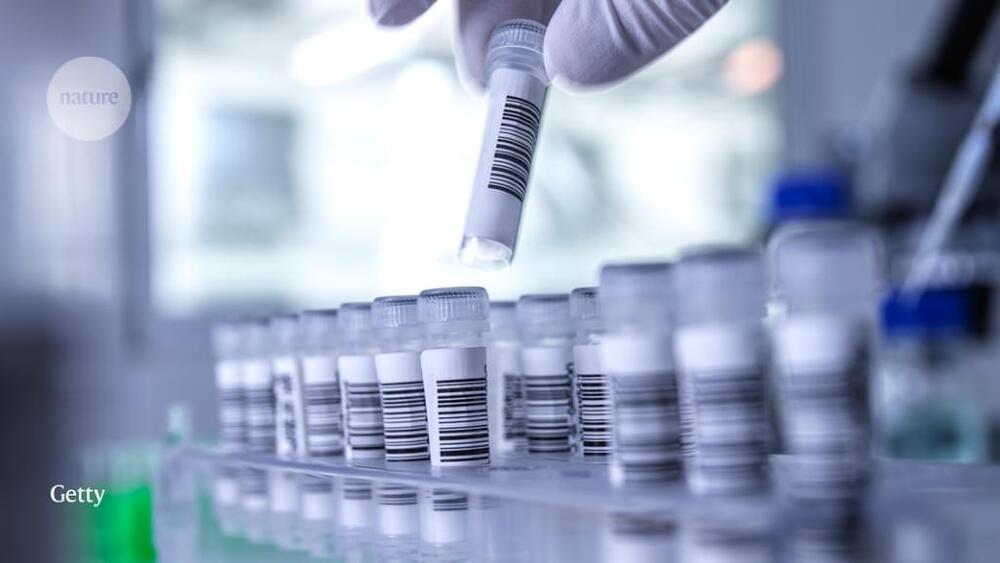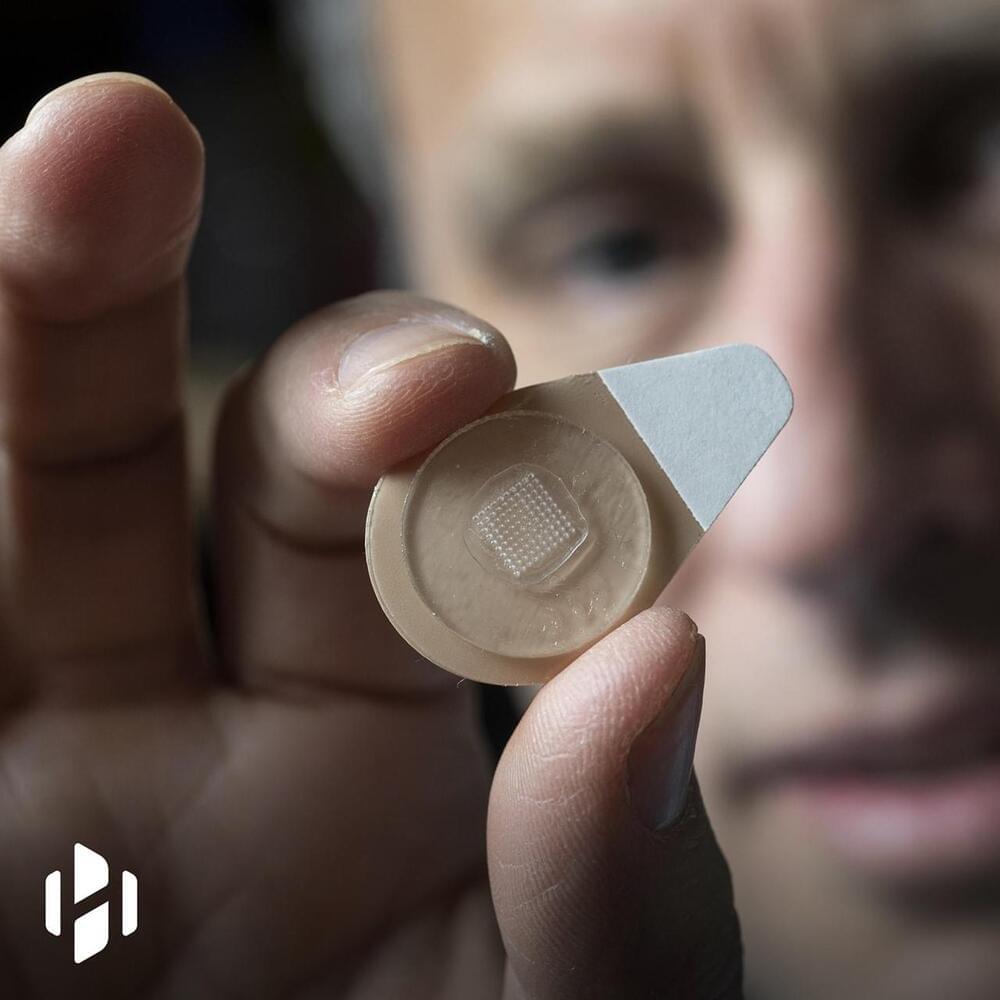Researchers have rediscovered a century-old cancer treatment, injecting dead bacteria into tumors to help the immune system target and kill the cancerous cells. Preclinical tests and early human trials indicate the treatment is safe and potentially effective.
In the late 19th century a scientist by the name of William Coley suspected an unusual relationship between bacterial infection and cancer remission. Coley began experimenting with different bacterial formulations to treat cancer.
These formulations became known as “Coley’s toxins” and Coley inadvertently, and unknowingly, became a pioneer of cancer immunotherapy. For much of the 20th century Coley’s research was relegated to a footnote in science history. His experiments were somewhat erratic and lacked any standardization, so very few researchers were able to replicate his results.
